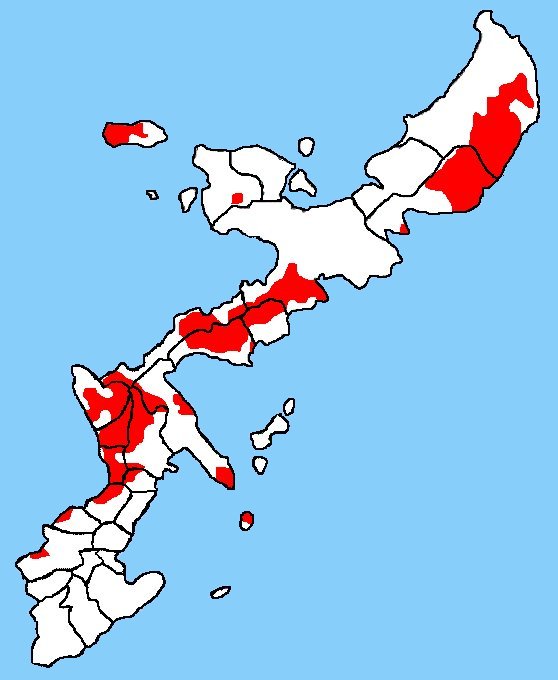-Herman Hesse, Siddhartha
It feels like I’ve been here before. This point in time, this juncture of thought, this point in the flow of emotion. I seems like I’ve come upon this so many times before.
I knew about the Japanese love of the changing of the seasons, how in Japan it represents all that is ephemeral in life, how the entire mood of the country seems to change with the leaves on the trees as they sprout anew each spring as in birth, solidify themselves in the summer as in middle age, become deeply pensive red in autumn as in the reflective later years, and disappear during winter, only to be born again as the process recycles itself. That this cycle brings out a melancholy in the Japanese psyche I knew, but only now I feel it. Just as in September, when I first arrived, the humidity causes my shirt clings to my back as a child to its mother, and within a few minutes of being outside it feels as if I had taken a long bath in miso soup. Now, as it turns to summer, and the natural smells, sounds and tastes that greeted me in September and promptly disappeared are finally coming back to usher me out, now I know what they mean. I have completed one full cycle, and I am back where I started. The world around me is pretending that no time has passed, contrary to what I believe to be true, according to memory anyway.
How could this year possibly be summarized? Could I say it was wonderful, though there were times I felt mistreated because of my skin color? Could I say all the people were friendly, though some seemed to throw all of their aggression towards my country’s history with Japan my way? Could I say I was able to teach them about American culture, though I met some Japanese who had traveled more widely in my country than I have? Could I say all the food was amazing? (Actually, that one I could say.)
My feelings, and indeed the feelings of anybody who has lived here for any length of time, towards Japan are equally muddled. I came to realize, the hard way you might say, that no matter how fluent my Japanese becomes, or how much I learn about their culture, or how well I come to know Tokyo, I will never be Japanese; try as I might, I will never make my into their inner circle, nobody will ever look at me and assume I could understand if they said anything to me in their native tongue. This fact resurfaces from time to time, both when I come tantalizingly close to feeling like I belong here, and when I am pushed to the edge, as far away from it as possible, as if I were looking at my surroundings through a thick plate of glass. I’ve felt defeated by it, and at other times it has felt like I have successfully answered its challenge. I’ve felt as if I’ve moved past it, and I’ve felt like it has intimidated me to the point of being afraid to go outside.
This duality is both frustrating and relieving. On the one hand, it has driven people away from Japan in an angry mess, and on the other it has drawn people who are attracted to the idea that they will never expected to carry the burden of embodying a culture, that they can live full-time on the outskirts of society.
I still don’t know what I think of it, and that is why I am sad to leave. It’s possible to be on both sides at once, and it was here I discovered how that is possible to both love and hate something at the same time. I love Japan for pulling me in, I hate Japan for pushing me back out, and it’s because I am still able to feel this full range of emotions about Japan on a daily basis that I’ve felt more alive here than anywhere else.
So it is, then, that this return to the stifling humidity of summer seems to cause people to think about how they were during this same season in past years. I’ve yet to come to any conclusions on that subject, but I know that there are distinct similarities and important differences, most of which as a result of my Tokyo experience, between this summer and last. In a way, though, I’ve come to realize that there will be another summer, there will be times when I will be faced with challenges as I have faced this year, even though I feel I have moved past them. In the great cycle of things, it is not the repeated challenges that are different, but the individuals who face them. It’s not the seasons that are different, but the reflective power of the individuals who choose to mark their ebb and flow.
Ittekimasu is what the Japanese say when leaving the home, usually after they have put on their shoes and as they are opening the door. Directed at the people remaining in the home, it means, “I will go and come back.” I really like this statement: It is comforting, and it acknowledges the cycle of coming and going. It suggests that embedded somewhere in the act of leaving is the chance for return. I like to think that in a similar way, by coming to Japan, a place to which I have no ancestral, religious, ethnic or linguistic connections, I was able to uncover aspects of myself that will now shape how I look at the world around me and will prepare me for whatever journey comes next. Only while lost would I have been able to find them.
So, with that: Ittekimashita. I was gone. I’m coming back.

















